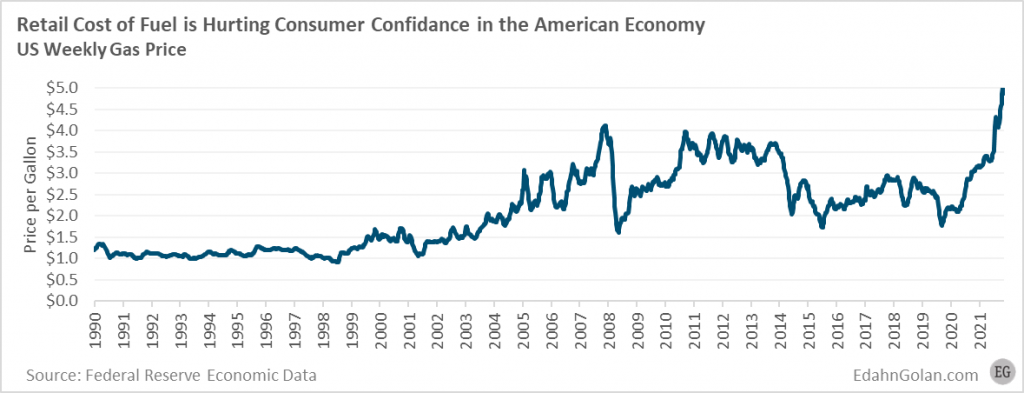While demand for polished diamonds and diamond jewellery are near record highs, there are early signs that the market reached a certain saturation point, and it is time to face the music because we are heading towards a decline in demand, along with everything that comes with that, notes diamond analyst Edahn Golan.
The US gets diamonds in three forms: as rough diamonds, loose polished diamonds, and diamonds set in jewellery. A closer examination of these three is very telling.
Rough Diamonds Are Not a Go
Although the inflow of rough diamonds into the US has mostly been rising each month, compared to the previous month, these imports have actually decreased. According to the latest available data, the value of rough diamond imports fell 14% year over year. Measured in carats, imports shrank 2% in the January-April period.
The average value per carat has also declined – down 12% to $239 per carat.
The Wholesale View: Sinking Sales
The US is no longer a diamond manufacturing centre. It is, however, the most important consumer market. As such, the wholesale trade, serving mainly retailers and jewellery manufacturers, is a very important measure for understanding global diamond demand.
Gross polished diamond imports are rising fast – up 24% year over year. And while volume has declined 3%, the average value per carat has leaped nearly 28%. This is very impressive considering how demand and wholesale price records were broken in 2021.
But again, these are gross figures. Wholesalers ship their goods into the US to show them to clients, and some of this stock is returned unsold. How much? Quite a bit.
Of the $8.23 billion of polished diamonds imported into the US, $6.29 billion were returned – more than 76%. Measured in carats, 71% of goods were returned for a net of 1.1 million carats. And here lies the catch.
During the same period last year, $3.5 billion worth of polished were imported into the country. Net imports dropped 43%. That is a major decline and a warning sign.
It is important to point out that the volume of net imports softened 2%. This is because the average value of goods purchased in the US, net trade, fell 42%. This signifies a shift away from bigger diamonds.
Narrowing down the scope a little, total loose diamond purchases by independent US speciality jewellers have declined 16% year to date. Demand by independent specialty jewellers is an excellent bellwether of consumer interest in diamonds.
So far, the retail market is fighting a brave fight. As wholesale prices of loose natural diamonds continue to rise, retailers keep increasing retail prices. At some point, this will end. Consumers will be less willing to pay higher prices for the same diamond. Retailers are very sensitive to this fact, and once that resistance begins, they’ll force a price reduction on wholesalers.
Diamond Jewellery
The American consumers have increased their jewellery purchases in 2022. In the first five months of the year, expenditure increased 17.5%. By all accounts, this is very impressive growth against a record year.
US jewellery sales are projected to grow some 9% to $103 billion in 2022. After years of slow growth, we are seeing the American consumer falling in love again with jewellery.
But there are a few caveats. First, let’s qualify this growth: it is for all jewellery, from all outlets. This includes very low-cost retailers and jewellery not set with diamonds.
Diamond jewellery, those set with natural diamonds specifically, is behaving very differently. According to data analysed by Tenoris, natural diamond jewellery sales sank 67% by unit sales and 65% by value.
The average value of a diamond-set jewellery item was $2,074, up 6%.
The Bottom Line
While this column throws a lot of data at you, this data is valuable only when put in context. Demand and pricing are cyclical. In the past two years, we witnessed a wonderful rise in both.
In the backdrop is the downturn in the US economy. In May, fuel prices rose steeply, the stock market dropped, the median sales price of houses hit a record $428,700, and the annual inflation rate rose to 8.6%, the highest since December of 1981.
Combined, these economic trends are starting to convince American consumers to decrease their spending. One early victim is diamond jewellery sales.
Edahn Golan is a veteran of the diamond industry, researching and writing about it since 2001. He specialises in a wide range of topics relating to this unique industry, including the way it operates, wholesale and retail polished diamond prices, the rough diamond sector of the diamond pipeline and investment in diamonds. Edahn has written extensively about these subjects and many others, including the Kimberley Process (KP), financing issues, ethics and changes in the way the diamond industry has operated over the years. Prior to founding Edahn Golan Diamond Research & Data, Edahn joined the IDEX Online Group to form the news and research department of its newly launched website. Over the years, Edahn has advised leading diamond firms, industry bodies, investment companies and governmental agencies, writing research papers on topics ranging from provenance analysis of fancy colour diamonds and the diamond’s contribution to local economies to the viability of investment in diamonds.
Follow him on Twitter @edahn





